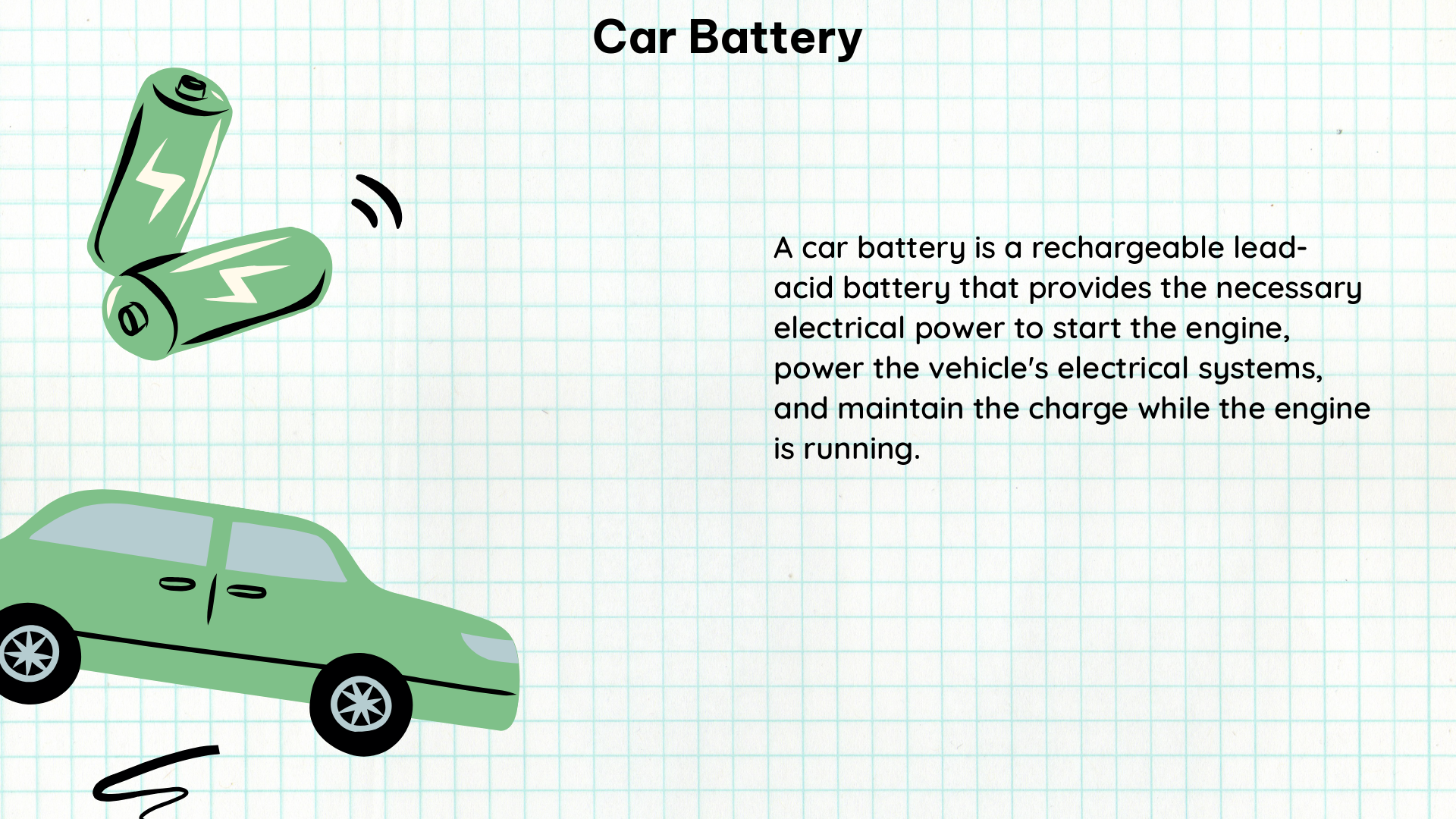A car battery is a crucial component of a vehicle’s electrical system, responsible for powering the engine, lights, and various electronic accessories. Understanding the key metrics and measurements associated with car batteries is essential for maintaining their optimal performance, ensuring reliable starting, and prolonging their lifespan. In this comprehensive guide, we will delve into the intricacies of car battery metrics, providing you with the knowledge and tools to become a true expert in this field.
Voltage Levels: The Heartbeat of Your Car’s Power
Voltage levels are a fundamental measurement for car batteries, as they directly indicate the battery’s state of charge. A fully charged 12-volt car battery will typically measure around 12.6 volts, while a discharged battery may read as low as 11.8 volts. By regularly monitoring your battery’s voltage using a digital multimeter, you can quickly assess its overall health and determine if it requires charging or replacement.
Ampere-Hours (Ah): Measuring Battery Capacity

Ampere-hours (Ah) is a crucial metric that represents a battery’s capacity, or the amount of current it can supply over a specific period of time. For example, a 50 Ah battery can provide 50 amps of current for one hour, or 25 amps for two hours. Understanding your car battery’s Ah rating is essential for selecting the right replacement and ensuring it can meet the power demands of your vehicle.
Watt-Hours (Wh): Delving into Energy Capacity
Watt-hours, calculated by multiplying voltage and Ah, provide insight into the overall energy capacity of a car battery. This measurement is particularly useful when dealing with large-scale energy storage, such as in electric vehicles or hybrid systems. Knowing the Wh rating of your car battery can help you understand its potential for powering your vehicle’s electrical systems.
Energy Density and Specific Energy: Optimizing Battery Performance
Energy density, measured in Wh/L, represents the amount of energy a battery can store relative to its size. Specific energy, measured in Wh/kg, reflects the energy stored per unit of weight. These metrics are crucial for determining a battery’s performance, as they directly impact the vehicle’s range, payload capacity, and overall efficiency.
Battery Power and C-Rate: Measuring Discharge Capabilities
Battery power, also known as C-rate, refers to the rate at which a battery can discharge its stored energy. Measured in watts, the C-rate describes the current at which a battery will discharge over a specific time frame. For example, a 1C discharge rate means the battery will fully discharge in one hour, while a 5C rate indicates a five-times faster discharge.
Cycle Life: Tracking Battery Longevity
Cycle life is the number of full charge and discharge cycles a battery can withstand before its capacity drops below 80% of its original rating, which is typically considered the end of its useful life. Understanding your car battery’s cycle life is crucial for predicting its long-term performance and planning for timely replacements.
Impedance: Monitoring Internal Resistance
Impedance is the measure of a battery’s internal resistance when subjected to an electrical current. Elevated impedance levels can indicate weaknesses within the battery, leading to energy being converted to heat rather than useful current. Regularly monitoring your car battery’s impedance can help you identify potential issues and take corrective action.
Cold Cranking Amps (CCA): Powering Up in Cold Weather
The Cold Cranking Amps (CCA) rating of a car battery measures its ability to start an engine in cold temperatures. A higher CCA rating indicates a stronger battery that can better handle the increased power demands of a cold engine. Selecting a car battery with the appropriate CCA for your climate is essential for reliable starting, especially during the winter months.
Multimeter Measurements: Accurate Testing for Optimal Performance
When testing a car battery, it is crucial to use a digital multimeter capable of measuring tiny voltages and currents with a high degree of accuracy. Digital multimeters are generally more robust and user-friendly than their analog counterparts, and they can display both positive and negative values, making them ideal for car battery diagnostics.
It is important to connect the multimeter’s probes correctly when measuring currents, as improper connections can damage the instrument. Additionally, be mindful of the battery’s continuous drain, as modern cars may have a parasitic drain of up to 40mA even with the engine and accessories turned off. Carefully inspecting all wiring, connectors, and aftermarket installations can help identify and address any unexpected battery drainage issues.
By understanding and regularly monitoring these key metrics, car owners and enthusiasts can ensure their batteries are performing at their best, proactively address any issues, and make informed decisions about maintenance and replacement. Mastering the intricacies of car battery measurements is the foundation for maintaining a reliable and long-lasting electrical system in your vehicle.
Reference:
– How to Test a Car Battery with a Multimeter
– How Many Amps Can a Car Battery Supply?
– 8 Battery Metrics That Really Matter to Performance

The lambdageeks.com Core SME Team is a group of experienced subject matter experts from diverse scientific and technical fields including Physics, Chemistry, Technology,Electronics & Electrical Engineering, Automotive, Mechanical Engineering. Our team collaborates to create high-quality, well-researched articles on a wide range of science and technology topics for the lambdageeks.com website.
All Our Senior SME are having more than 7 Years of experience in the respective fields . They are either Working Industry Professionals or assocaited With different Universities. Refer Our Authors Page to get to know About our Core SMEs.